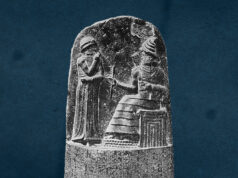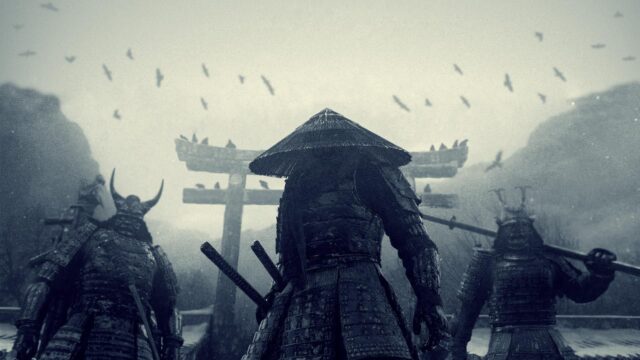
Ah, the samurai. Is there anything more American?
The West seems to have an obsession with the Japanese warrior because chronologically it comes from the closest feudal society we have and strays far from what we would consider being the norm.
Over time, Hollywood (as well as Japanese cinema) has romanticized the samurai quite a bit, leading to several misconceptions about what samurai really was like.
1“Nice” Samurai
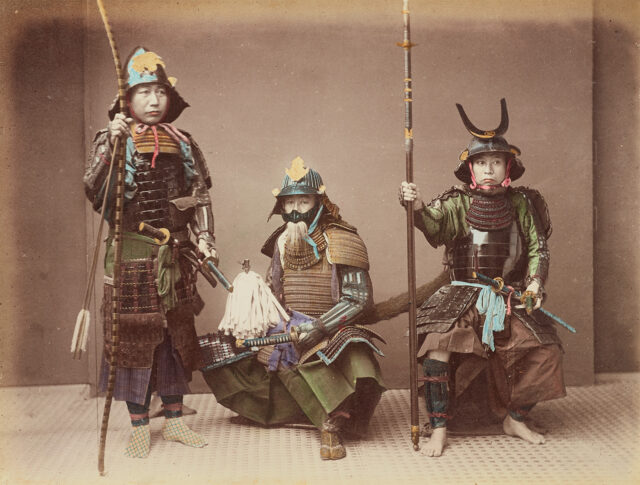
Around the ninth century, the code of Bushido was developed. This code was essentially the way of the warrior and can be explained as a guideline for the samurai life. Based on seven main virtues, the code originally only applied to the warrior class but was also implemented into feudal law later on.
This code of conduct, both written and unwritten in some respects, varied little over time. Key components include carrying one’s self with a sense of fairness and justice, constantly preparing one’s self for death (which factors into maintaining your appearance), keeping your honor intact and always maintaining your duty. It’s certainly more complex than that, but you get a general idea.
Somewhere along the line Bushido became very muddled, at least in fictional portrayals, and has since been generalized as “don’t be a dick.” While that’s certainly a nice virtue, that’s not quite how it works.
In fact, some aspects of the code could easily contradict each other. A samurai, as a tool of their lord, could do something generally considered dishonorable (or illegal) by carrying out their duty, Also keep in mind that a ninth-century sense of justice varies quite a bit from a modern sense.
2Seppuku to Restore Honor
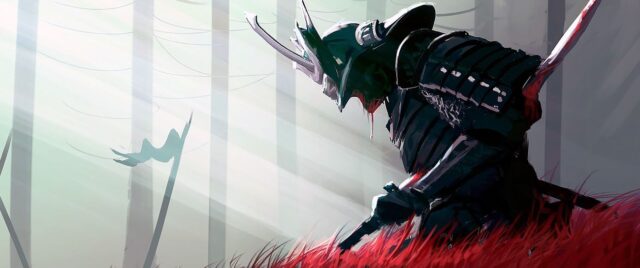
The act of seppuku is a painful suicide. Using a short knife, the performer would cut their stomach from one side to another. In a formal setting, an assistant would then decapitate the performer because they just weren’t having a bad enough day as it was.
Seppuku existed before Bushido but was added to it over time. In most Western portrayals, seppuku existed as a ritual form of atonement: should a samurai do something to shame himself, his lord or family, he could be permitted to commit seppuku, thus allowing him to regain honor and enjoy it for the last few agonizing moments of his life.
However, that isn’t strictly the only use of seppuku. Historically it has been used as capital punishment up until 1873. Before then, daiymos (lords) were known to use it as a bargaining chip in peace arrangements, agreeing to the terms only if the other would commit the deed.
Also, the notion that armies of samurai would fight one another, even in the face of certain death until they were killed by the enemy is false. Many samurai committed seppuku rather than being captured. Though this has its obvious uses (not getting tortured, for one) it was also somewhat practical: a samurai who was executed lost his property but had he committed seppuku it would remain in the family.
3The Katana Catch
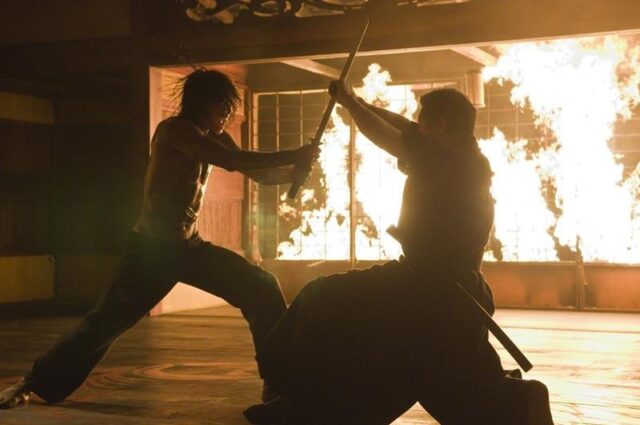
Different schools of swordsmanship taught different techniques, but one that pops up in virtually all media is the ol’ katana catch: an unarmed fighter will stop an opponent’s sword by clapping at the precise moment and catching the tip of the blade in their palms.
It’s been debated for a long time whether or not it has ever been effectively utilized in combat and which schools implemented it, but because of how common it is in modern entertainment most people will accept it as fact.
First, there are a few blade catching techniques in martial arts. You may be familiar with Shinken Shiraha Dori, which looks to work quite well in a controlled setting. Still, that’s not exactly the same thing.
The reality is this: the katana was designed to cut through bone, so catching the tip of it would seem like an excellent way to lose some fingers or a hand. However, some early Samurai sword schools taught a block that was similar to the katana catch, requiring the performer to move into the swing and catch the lower part of the blade or the attacker’s hands and disarming them.
There’s some debate that ninjas could catch the tip of a blade thanks to their metal climbing gloves, but we won’t open that can of worms here.
4“Nice” Ronin
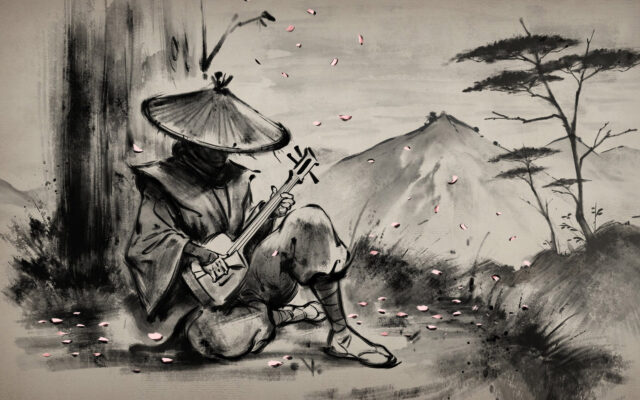
A samurai who lost or was disowned by his master became a ronin, or wave man. While still technically samurai, it more or less meant the end of the line depending on which time period we’re talking about.
They were outcasts to other samurai and could not find employment with another lord because they were considered shameful. In instances where your lord dies, for example, you’re expected to commit a form of seppuku and follow him into the grave. However, if you chose not to, boom! You’re a ronin.
Pop culture remembers the ronin fondly, depicting them as quiet hermits who continue their lives as bodyguards or mercenaries but still lived by some semblance of the code of bushido. That’s all well and good, but since they were shunned by their own social class there wasn’t a whole lot holding them to that code, and thus ronin became the swinging bachelors of feudal Japan.
Many ronin were quick to turn to a life of crime, running brothels and gambling houses as well as committing crimes outright. Some argue they became the backbone to organized crime, going so far to claim that the modern Yakuza has its roots in a group of ronin.
5Baggy Pants As A Battle Tactic
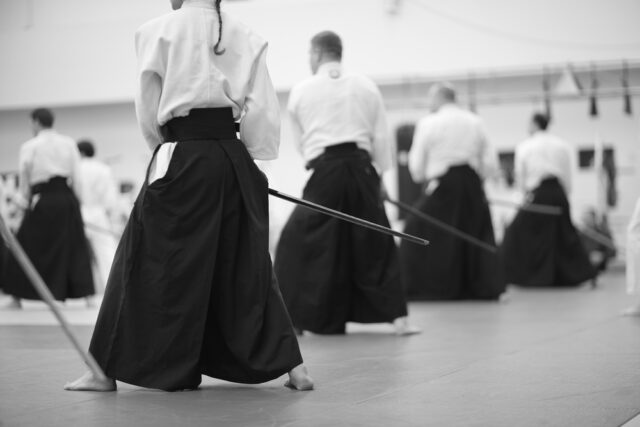
Those pants are called hakama and by design are a tad cumbersome and thick, and while there are a few different designs for different occasions, they all have one thing in common: length. Long pants are long.
At first it would seem a tad impractical to wear such pants when trying to cut someone in half, but popular myth dictates that the hakama were utilized to hide a swordsman’s footwork, thus giving him a tactical edge. Unfortunately, it looks better on paper than it does on the battlefield.
Realistically someone could just as easily cut you down while you’re pulling the invisible soft shoe bit. Regardless, the notion that fancy footwork makes for fancy swordsmen is a misnomer to say the least. Miyamoto Musashi, winner of over sixty duels and often considered one of the best swordsmen in the country’s history, goes on to say as much in his Book of Five Rings, implying that this was a bit of a problem at the time.
However, one type of hakama (naga-bakama) did serve a dual purpose. Designed with excessive length, they would form a train about a foot long and making it uneasy to walk normally. These were worn when visiting the court to prevent assassination attempts.

